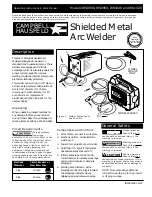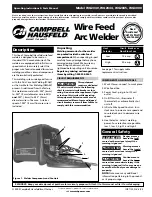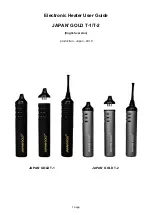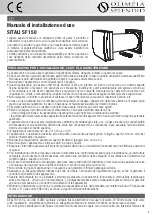
8
Single–Tier Manual
•
MoreBeer.com
•
1–800–600–0033
Single–Tier Manual
•
MoreBeer.com
•
1–800–600–0033
be more than enough for the pre-boil volume in your boil kettle.
NOTE
—
These measurements are general, and each
batch or brewer will vary. We highly recommend taking good notes and using these in future batches to perfect your brewing style
and recipes.
We’ll be aiming for around 10°F above the targeted mash temperature for our sparge water during
mash. Since we’ll be re-circulating our mash through the heat exchanger in the hot liquor tank, we don’t want
it to be the same temperature (then you’ll slowly lose mash temperature), but we also don’t want it to be too
hot, as this could pull astringency from the grain husks, or potentially halt enzyme activity.
Once we’ve gotten the mash tun to the desired “strike temperature” (the temperature that the grain will strike
the water while doughing-in), it’s time to dump and stir the grain into the mash tun. Start pouring the grain
into the mash tun, distributing it as evenly as possible and stirring constantly with a mash paddle. This is done
to help prevent dough balls and clots that will reduce efficiency, and possibly contribute to a stuck sparge.
With all of the grain inside the mash tun, double check the temperature to make sure it’s where you want it,
and attach the stainless steel sparge assembly. At this point in time, we’ll want to start our timer for one hour,
or however long you’ll be mashing for, and connect the appropriate tubing for recirculation.
The Flow of the Tubing
Re-Circulating the Mash:



































